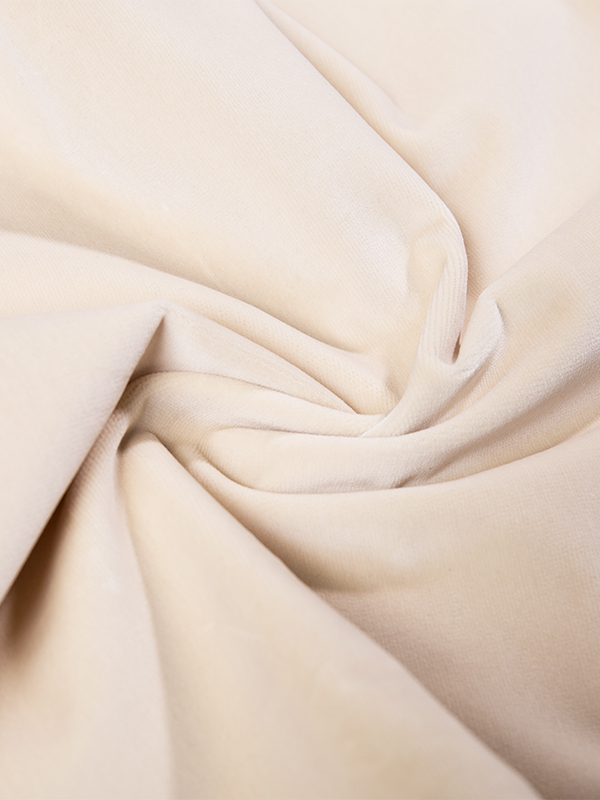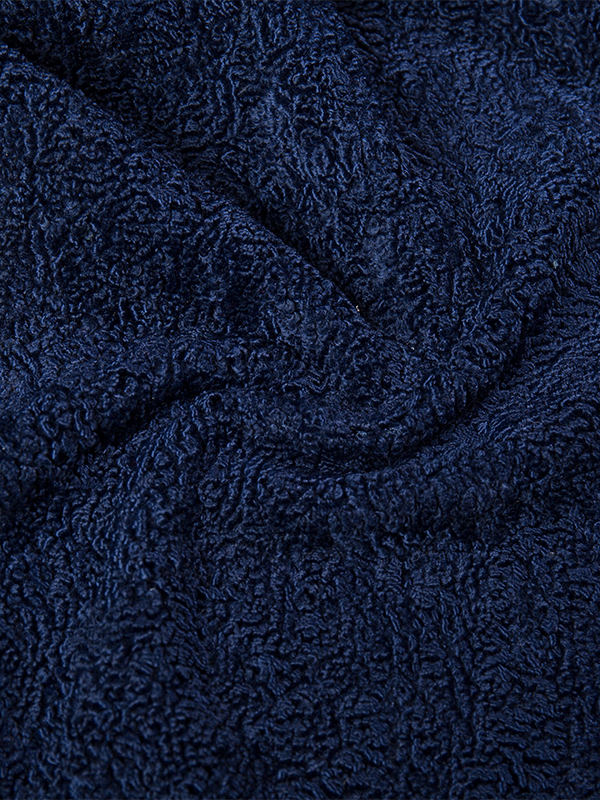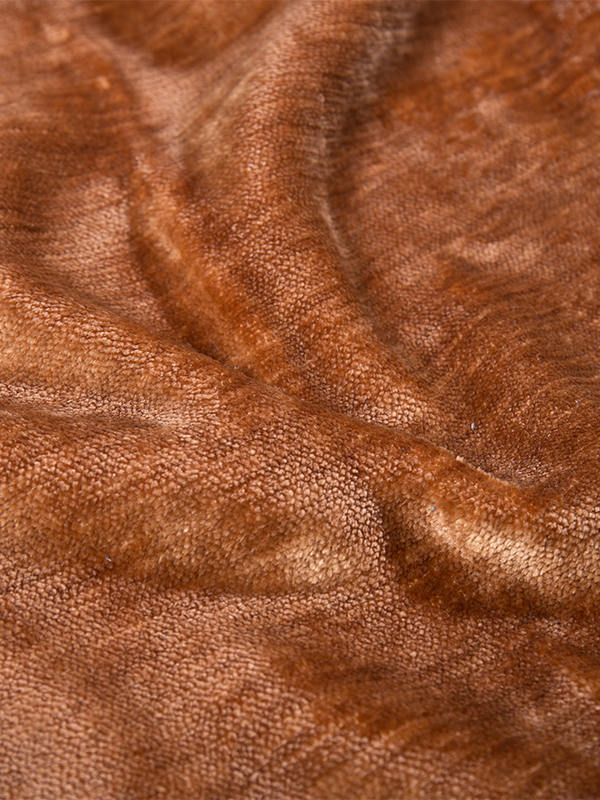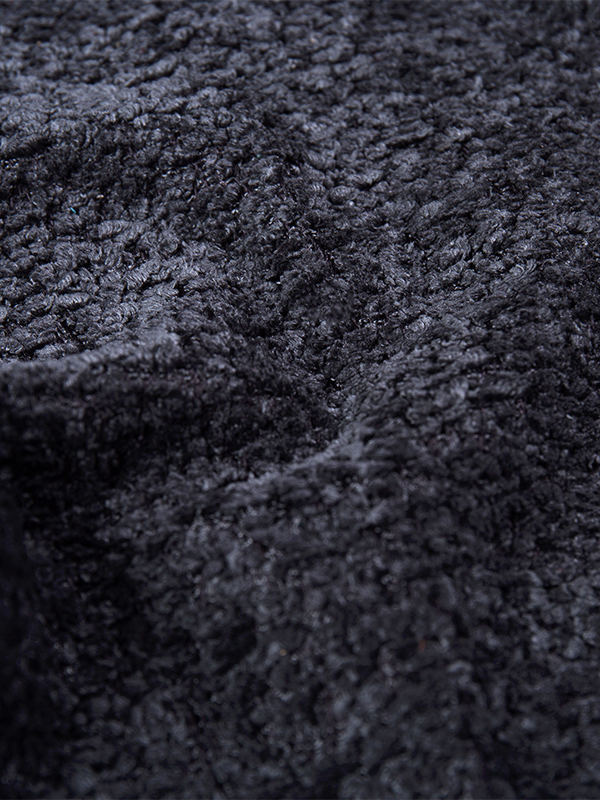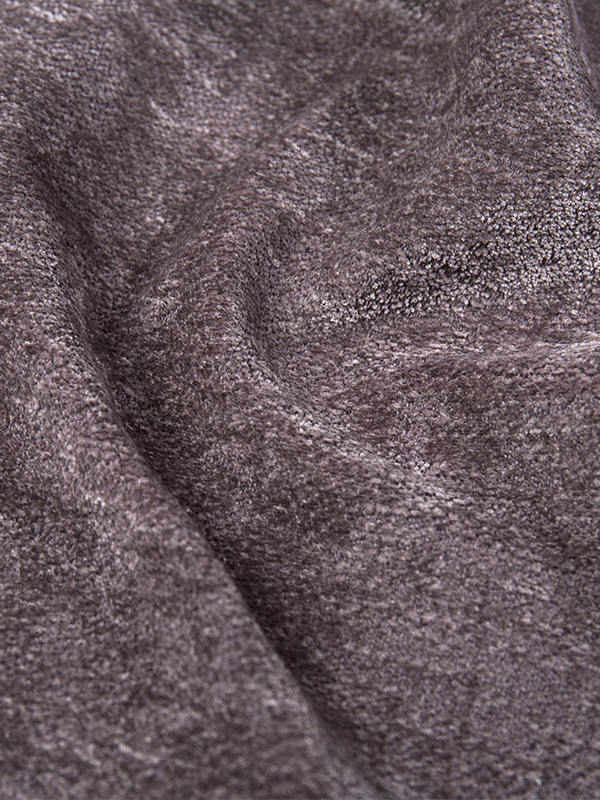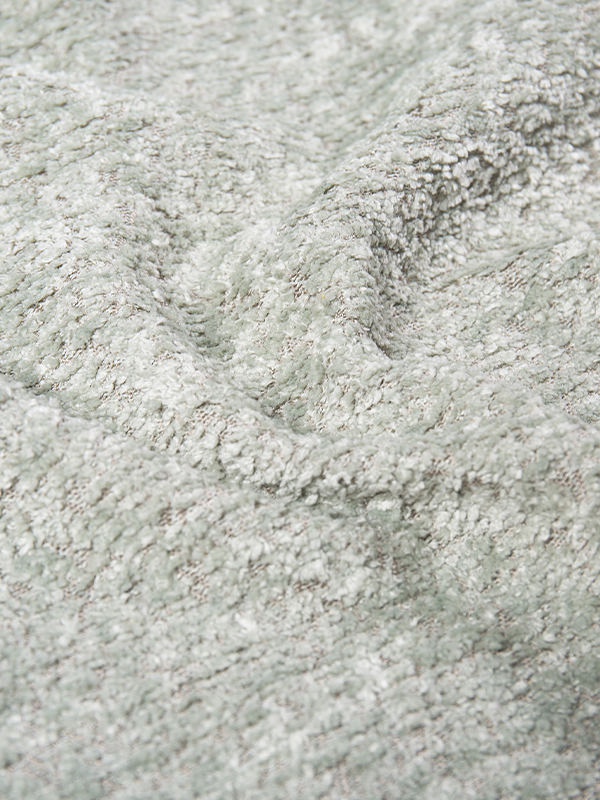Type introduction
1. Natural size capillary leather
Natural big hair fine leather mainly includes fox, mink, lynx and badger. It has a larger sheet and is often used to make high-end children’s hats, coats, and cloaks. Natural small capillary leather mainly includes sable, mink, squirrel, ferret, etc. The quilt is short and soft, suitable for high-end children's coats, hats, scarves, shawls, etc.
2. Natural coarse fur
Commonly used natural coarse fur leathers include sheepskin, dog skin, wolf skin, leopard skin and so on. The hair is long and has a larger spread. It can be used to make hats, coats, vests, linings, etc.
3. Artificial leather
Artificial leather is made by mixing various types of chemical fibers. The artificial fur has a larger breadth. It can be dyed into various bright colors; in addition, it has the appearance of animal fur, and various wild and farmed fur species can be imitated. But its biggest feature is that it is not environmentally friendly, not easy to degrade, and pollutes the environment.
4. Shaving
Part of the grain surface is polished to reduce the effect of grain defects, and then a pseudo-grain surface is created through different finishing methods to imitate the leather of a full-grain leather. 18% of the world's leather production belongs to this type of leather. This kind of leather has undergone a lot of processing, such as: frosting, sanding, embossing, and painting to conceal the original flaws. Insect bites, wire mesh scratches, and corner wounds can be removed by frosting before painting. The layer of leather is a grained outer layer of leather, about 0.9 to 1.5 mm. The leather called Grade C meets the standards of this category. This kind of leather obviously needs sanding, because it has no purpose other than artificially creating a fake grain to replace the original surface. The remaining 65% of world leather production is not suitable for furniture and can only be used for shoes, clothes, belts, handbags and car seat cushions.
5. Full grain
The grain pattern remains intact, and the natural pores and texture of the leather are clearly visible. Just as the grain, wood and markings of wood should show the natural color of the tree to which it belongs, leather should also show the characteristics of the animal it belongs to. The better the leather, the less modification is required. The original grain of the cheaper leather is polished and painted, and embossed to replace the fake grain. They are not as soft as full-grain leather. Although it is covered by a layer of paint, the original texture changes are still visible.
6.Half grain
Only part of the grain layer of the leather is lightly polished off, but the unabrasive part of the grain should remain on the entire leather surface, and the natural pores and texture of the leather can still be seen on the grain surface. Since the word "Top" is used in English, this term has become the confusing term in the leather industry. People guess that "Top" means the and top, but not here. The word "Top" is used here because the top layer can be frosted, painted and printed. Basically, half-grain leather is not split leather.

 English
English 中文简体
中文简体 русский
русский عربى
عربى Español
Español